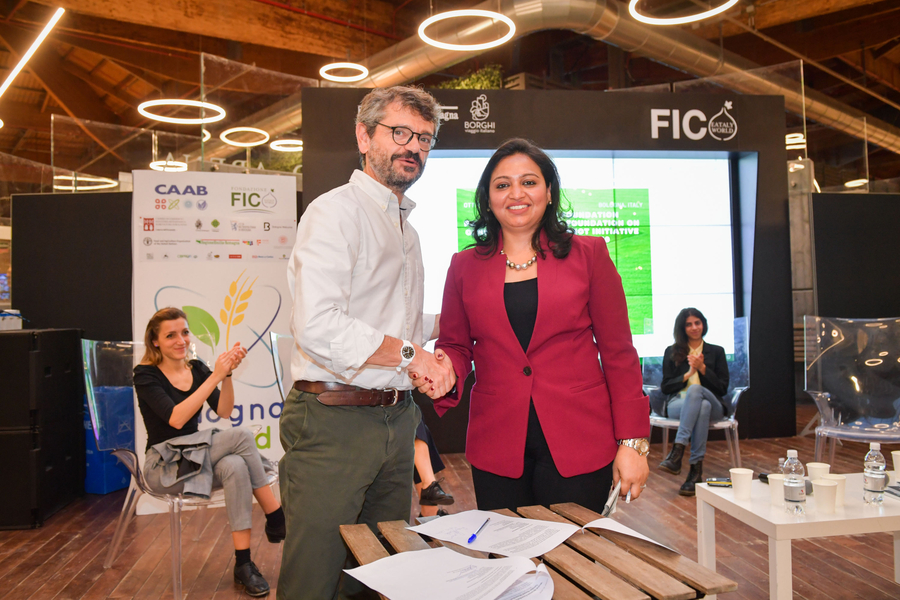COVID-19 unlikely to make a significant comeback in the fall, suggests new analyses of infection patterns [Full Manuscript Available Pre-print]
NEW YORK, NY, August 21, 2020 /Neptune100/ — In a still unreviewed preprint available here, and based on an analysis of publicly available national U.S. COVID-19 infection and mortality rates in different regions of the country, investigators in NYC suggest that the city, as the major flash point of the COVID-19 pandemic between March and May, since then already reached adequate herd immunity to prevent a major second wave of the infection in the fall.
This conclusion was reached after discovering that states like New York, New Jersey and Connecticut, which during early stages of the pandemic were major hotspots, now during a second national wave, almost experience no disease. In contrast, states like Florida, Texas and California, which during the early wave demonstrated low disease and low mortality, now since July, in the second wave, are severely affected. This pattern is only explainable by early affected states having reached herd immunity since they, otherwise, should also demonstrate rising disease during the current second wave.
This interpretation of national data until very recently was rejected by most epidemiologists because large scale studies of antibody levels in Spain, Sweden and the U.S. discovered only disappointing levels of antibody-mediated immunity, widely considered too low to ever reach herd immunity. Yet, over the last few weeks, at least four studies in leading scientific journals reported a previously unknown form of long-term immunity against the COVID-19 virus that was not antibody-dependent. In an evolutionary sense, called innate immunity, it preceded antibody immunity in time and is provided by immune cells, called lymphocytes.
In contrast to antibody-mediated long-term immunity, this cellular immunity can currently not be tested with clinically available laboratory tests. Its existence in association with COVID-19 has been, however, demonstrated beyond reasonable doubt. It also has been demonstrated to show cross-reactivity with prior circulating cold- and influenza viruses, suggesting that considerable long-term immunity against COVID-19 may already exist in many individuals from prior infections with those related viruses.
The paper further argues that the currently ongoing, and already weakening second wave of COVID-19 infections in many states, should significantly raise herd immunity levels by the beginning of October, likely largely preventing a feared fall wave of infection in the nation and reducing the urgency of availability of a vaccine.
About Center for Human Reproduction: Center for Human Reproduction (CHR) is a leading fertility treatment and research center in New York City with international reputation for innovative and effective treatments for women with complicated cases of infertility, particularly those with diminished ovarian reserve (DOR). CHR remained open for urgent fertility treatments throughout New York City’s battle to contain the surge of COVID-19 infections in the first half of 2020. Norbert Gleicher, MD, the author of the study, is available for further comment.




![[Pangyo Technovalley Innovation hub in ASIA] Lemonetworks, a Company Leading the Korean Wave with K-beauty](https://www.24-7pressrelease.com/attachments/047/press_release_distribution_0476393_157120.jpg)